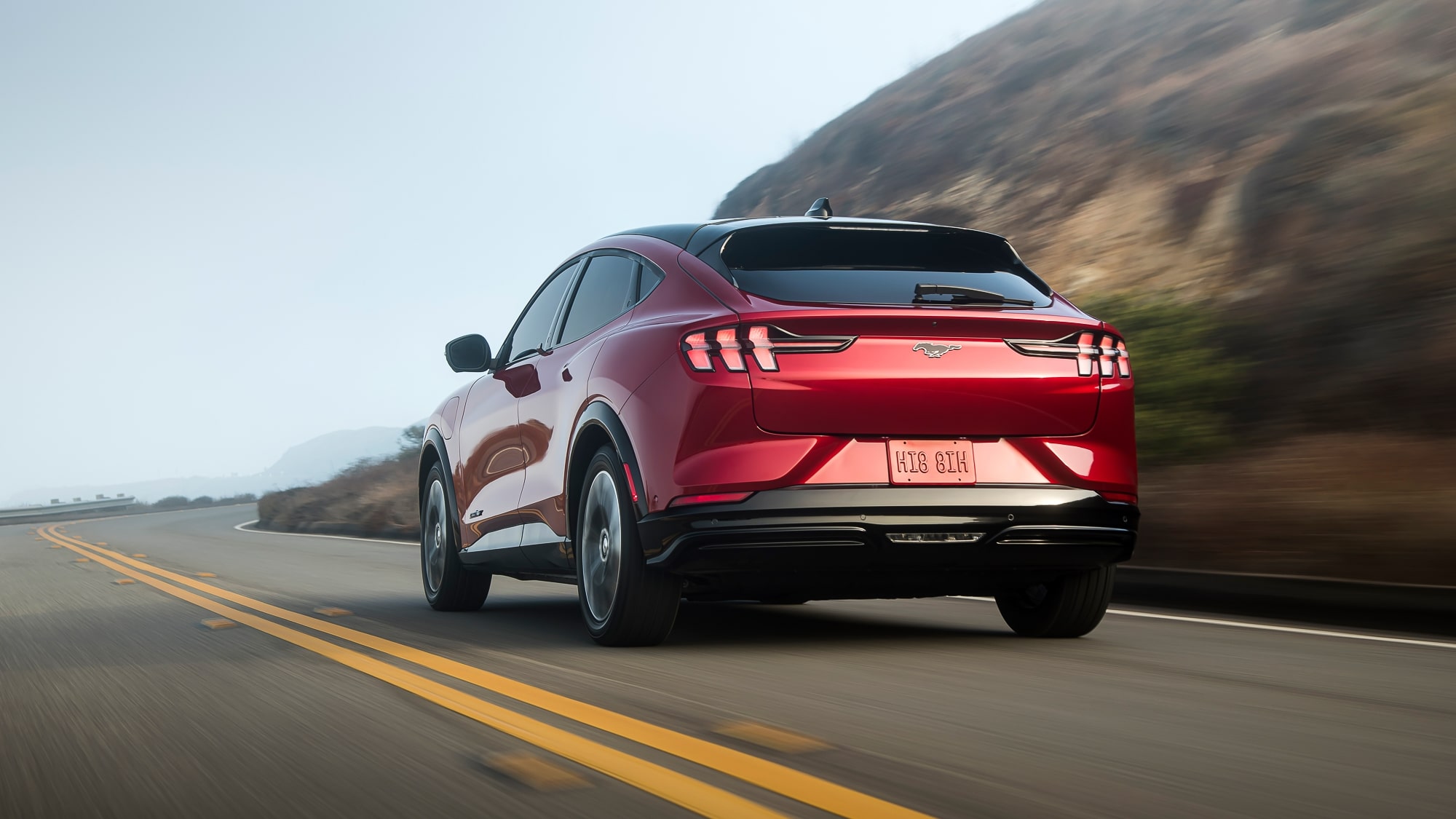Ford will soon market LFP batteries

Some automakers are struggling to bring a first viable electric vehicle to market, but others, like Ford, are already on the next generation of models. As proof, the American giant recently announced a massive investment in a new battery production plant and intends to quietly transition to the LFP technology.
Ford’s $3.5 billion investment would see the construction of a brand new plant located in the town of Marshall, Michigan. This plant, whose inauguration is only scheduled for 2026, will focus solely on the construction of batteries of the LFP type (for lithium iron-phosphate). It will complement the NCM (nickel, cobalt manganese) batteries currently produced by Ford.
According to the statements of the manufacturer, this plant will have a production capacity of 35 gigawatt hours. It will allow Ford to build, on average, 400,000 electric vehicles per year, while creating 2,500 new jobs. The manufacturer intends to work with the supplier CATL (Contemporary Amperex Technology Limited).

The LFP battery, less dense but cleaner
Remember that, even if it is much less energy dense, the LFP battery has several interesting advantages. First, it entirely eliminates its reliance on rare metals like cobalt and nickel, the sourcing and recycling of which come with their share of controversy.
LFP batteries are also cheaper to build, which would allow Ford to lower the price of its vehicles. In addition, these batteries are more easily recycled, which makes them much more durable in the long term. They also show better endurance, which means that frequent 100% recharges damage them much less. It is this type of battery that Tesla currently uses to power the Model 3.
Admittedly, it will be some time before we see the fruits of Ford’s investments, but the manufacturer has announced that it wants to introduce LFP batteries in the Mustang Mach-E for the 2024 model year. entry-level declination for this model whose technical characteristics Ford has not yet disclosed.












